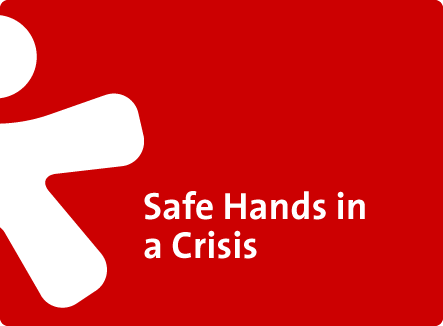
Hazardous Goods Transported By Sea
Consignors of Dangerous Goods by sea are required to observe the International Maritime Dangerous Goods Code. Published by the International Maritime Organisation, the IMDG code is a uniform international code for the transport of dangerous goods by sea covering such matters as packing, container traffic and stowage, with particular reference to the segregation of incompatible substances.
The IMDG Code, 2010 Edition (inc Amdt 35-10) is currently in force, however the IMDG Code, 2012 Edition will come into force on 1 January 2014 for two years and may be applied voluntarily as from 1 January 2013.
“For consignments of dangerous goods, appropriate information shall be immediately available at all times for use in emergency response to accidents and incidents involving dangerous goods in transport.” (IMDG Code 5.4.3.2.1 – Documentation).
Some countries, and shipping lines, demand the provision of a 24-hr emergency number to be shown on the declarations that accompany consignments of hazardous goods.
For shippers and consignors it can avoid potential hold-ups at dockside if the emergency number shown on the shipping document operates effectively.
At sea, the confined and isolated environment on board a vessel can make it very difficult to deal with a chemical incident. We recognise these constraints and can provide advice that will be helpful to those on board – more than just reading information from a product Safety Data Sheet.
We provide services for shipping lines, whereby the Master of a vessel, Senior Officer or land based member of staff can contact us for assistance.
Our Incident Advisors are also aware of the MARPOL 73/78 protocol and will refer to this, if necessary.
